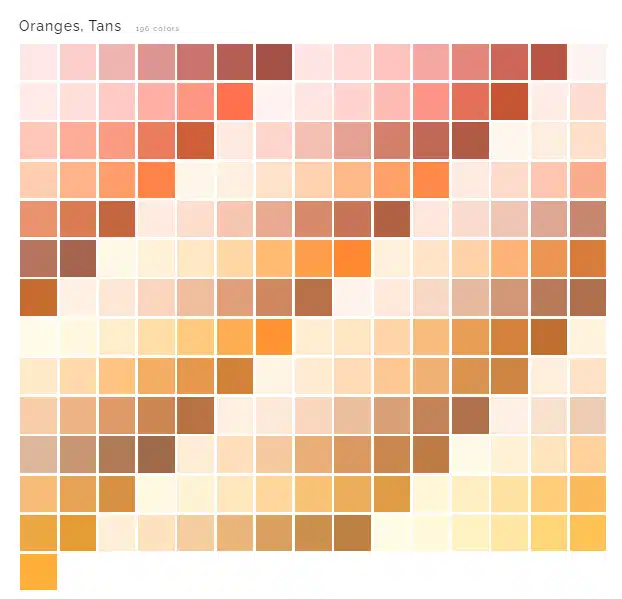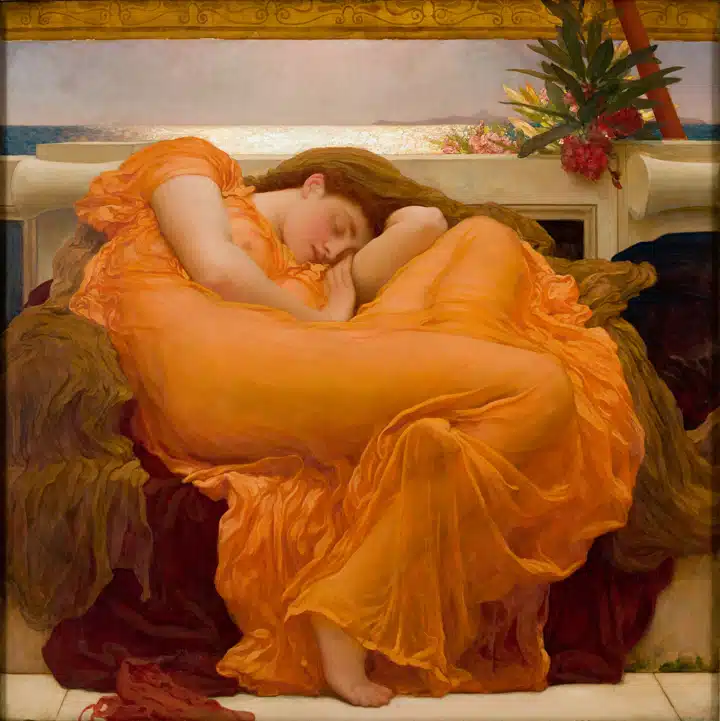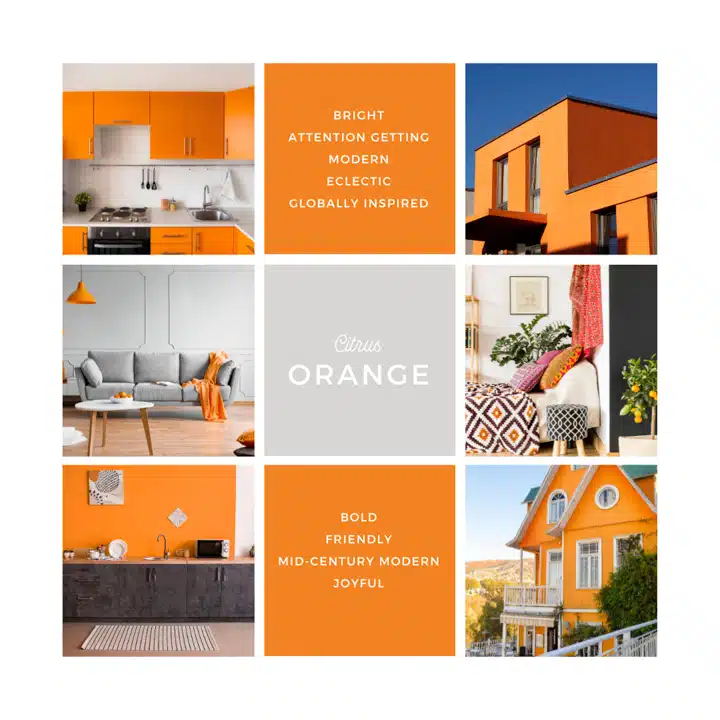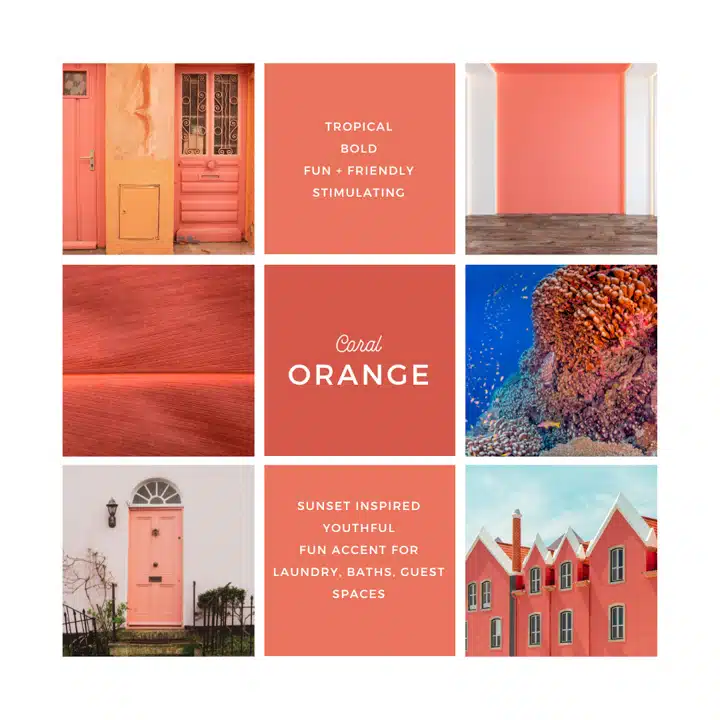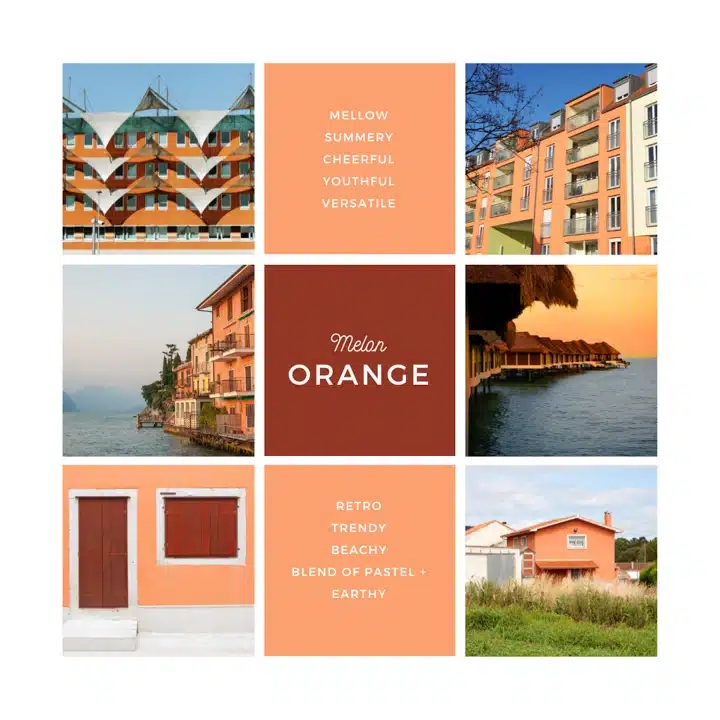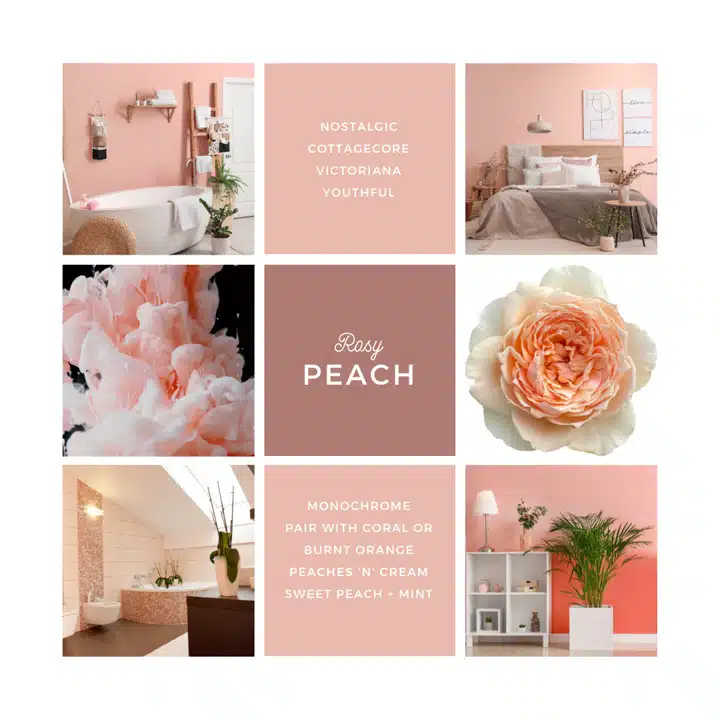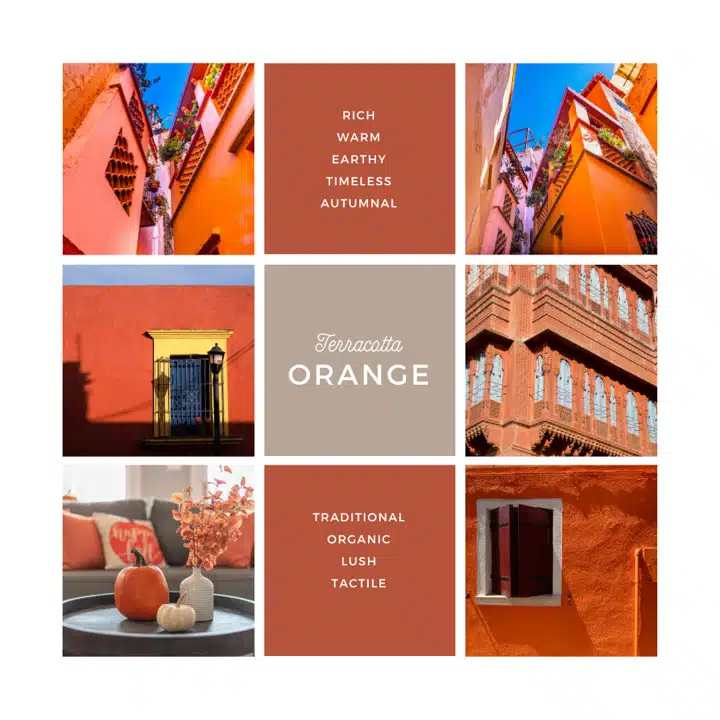The Color Orange: Essential Color Theory, Symbolism and Design Application
08/21/2023 | davidcamacho |
Orange Color Theory
Optimistic, enthusiastic and bold—just a handful of ways to describe the color orange. Recognized as a strong, attention-grabbing color, orange exudes warmth and joy and is considered a fun color that provides emotional strength. As orange is a bold color choice that can sometimes seem too bright and overwhelming, many people have a visceral reaction to the color—tending to either love or hate it.
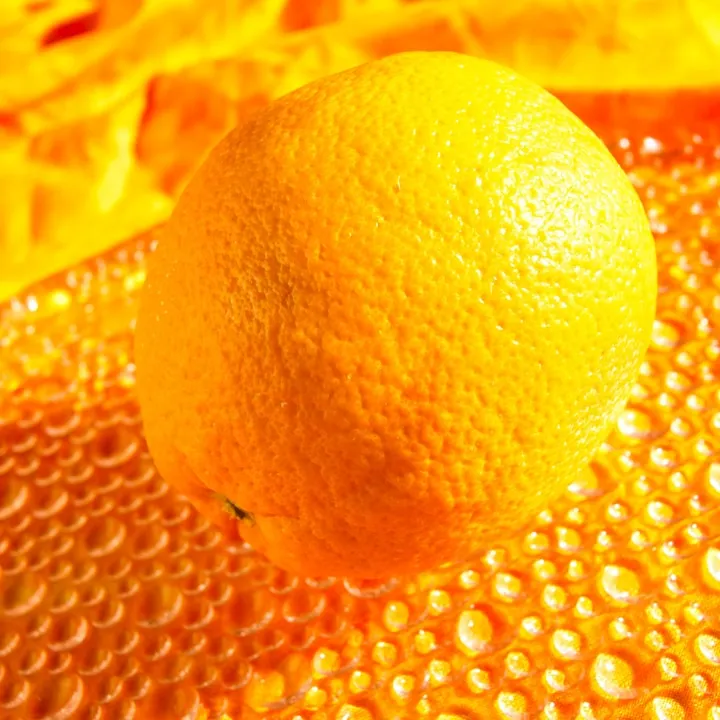
How is the Color Orange Created?
Orange is known as a secondary color on the traditional color wheel and sits between red and yellow. It is considered a warm hue, along with red and yellow, and as these colors are associated with excitement and energy, orange also oozes vitality and positivity. There are shades of orange in light, medium and dark, and they range from red oranges to yellow oranges. Light oranges consist of peach tones, created by mixing orange with white. Medium oranges are saturated and include orange-reds, vermilion and pumpkin. And dark orange shades, created by mixing orange with black, include burnt umbers, spice and clay tones.
In architectural coatings, we create nuances in color by working with colorant formulas to add depth and character, adding the right balance to create the perfect touch of orange to a space. Here are just a few oranges to highlight the range of tones in this color family:
Light Oranges: lighter and brighter than pure orange color
- Peach: pastel blend of orange, yellow and white inspired by the exterior color of peach fruit
- Papaya Whip: pale, pinky peach shade similar to color of papaya fruit flesh
- Pastel Orange: light shade of orange, often used for baby products
Medium Oranges: high contrast oranges with both white and black
- Orange-Red: incorporates a high percentage of red, similar to the color of blood oranges
- Pumpkin: earthy orange, resembles the color of pumpkins and often used in fall themes
- Vermilion: first made from cinnabar, a brilliant reddish coral orange
True Oranges: cheerful and vibrant, conjure images of lush, tropical climates
- Bright orange: energetic, confident orange that is the best of both red and yellow
- Exuberance: juicy, true orange that's cheerful and vivid
- Coral: located in both pink and orange categories, inspired by ocean coral of similar pinkish-orange hues
Brown Oranges: sophisticated, calmer oranges that are reminiscent of the autumn season
- Burnt Orange: rich, warm brownish-orange that is reminiscent of desert landscapes and autumn
- Cayenne: bold orange-red color based on its namesake pepper
Red Oranges: earthy and Mediterranean, reminiscent of terracotta clay
- Orange Red: cross between red and orange, symbolizes health and vitality
- Jaffa Orange: deep sunset hue inspired by Mediterranean fruit of the same name
Yellow Oranges: a blend of yellow and orange, thought to stimulate the mind and designer-favorites for kitchens, dining rooms and office spaces
- Golden Orange: a blend of orange and gold, a warm, energetic color symbolizing wealth, sun and fun
- Amber: warm, inviting color that's a blend of orange and yellow, inspired by the fossilized tree resin that's sold as a precious gem
Pink Oranges: a blend of pink and orange, reminiscent of sophisticated style, summer and chic aesthetic. balances the relaxed qualities of pink with the energy of orange
- Coral: soft, bright pink with a hint of orange named after the marine life
- Bittersweet: subdued orange color named after the berries of the bittersweet plant
Dark Oranges: moody, natural orange that mixes in shades of brown
- Burnt Umber: rich, brownish orange named after natural pigment umber comprised of iron oxide and manganese oxide
- Spice: warm, toasty color, a perfect mixture of cinnamon and nutmeg and primarily from the red color family
- Clay: an earthy, warm blend of orange and brown reminiscent of the natural clay of its namesake
The Meaning of the Color Orange
The color orange has both positive and negative characteristics. The psychology of orange in North America tells us that the color has traditionally been a symbol of optimism, happiness, enthusiasm and youthful connections. It is also considered a spiritual color and an autumnal season color. On the negative side, orange can elicit feelings of arrogance, pride, and impatience. And overall, different shades of orange connote different feelings—bright orange is attention-grabbing, while peach is soothing and burnt orange is associated with fire and heat.
In other cultures outside North America, orange is considered a sacred color as it balances the power of red with the perfection of yellow. Monks in Buddhism wear orange robes as they believe the color connects to the highest state of illumination. In Confucianism, orange is the color of transformation.
Where Does the Color Orange Originate?
Orange is abundant in nature and there are many natural resources for creating orange dye including butternut seed husks, carrots, eucalyptus, bloodroot, paprika and turmeric. But where did we first discover this color?
Orange has a long history dating back centuries. In ancient Egypt, tomb paintings were created in a yellow-orange hue made from realgar, a highly toxic mineral that contained arsenic. Orpiment, another toxic mineral related to realgar was highly prized throughout the ancient Roman Empire. Its pigment was used in Medieval illuminated manuscripts.
The Europeans didn’t have a name for the color orange until the 16th century when orange trees were brought to Europe from Asia by Portuguese merchants. Prior to this time, it was called yellow-red, though saffron was sometimes used to describe a deep yellow-orange shade of the color.
Fast forward to the 19th century, artists like Monet, Renoir, Toulouse-Lautrec and Gaugin used orange to symbolize sunsets, the frenetic energy of Parisian dance halls, and Vincent van Gogh would mix his own orange hues and use them in contrast with purples and blues in his work.
Grainstack, Claude Monet, 1891. Photo: Public domain via Wikimedia
Flaming June by Sir Frederic Leighton, 1895. Photo: public domain via Wikimedia
Today, orange is utilized in a countless number of ways, depending on the feelings one wants to portray. Pumpkin oranges inspire visions of Halloween and autumn, while yellow-oranges inspire summer freshness. Bright, bold oranges are used for safety equipment and uniforms.
How to Design with Orange?
Orange is a versatile hue with a range of options to suit most design styles. Here are 6 mood boards to inspire your next orange project:








